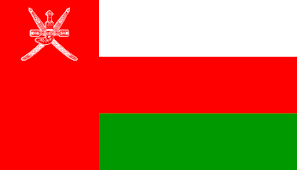The Caspian Sea, the Largest Lake in the World
The Geographical Location of the Caspian Sea
The Caspian Sea is the largest lake in the world; however, it is known as a sea due to its vastness. The sea, located in the north of Iran, covers an area of about 370,000 Km2. It is also 28 meters below the level of open seas.
It is located among 5 countries. Iran in the south, Russia in the north, Azerbaijan in the west, Turkmenistan and Kazakhstan in the east, have surrounded the sea. This is the remnant of an old ocean called Tethys; that is why its water is salty.
The northern part of the sea is a shallow expanse of water and is less than 5 meters.
More than 130 rivers flow into the sea; the largest one is Volga River located in the west of Russia.
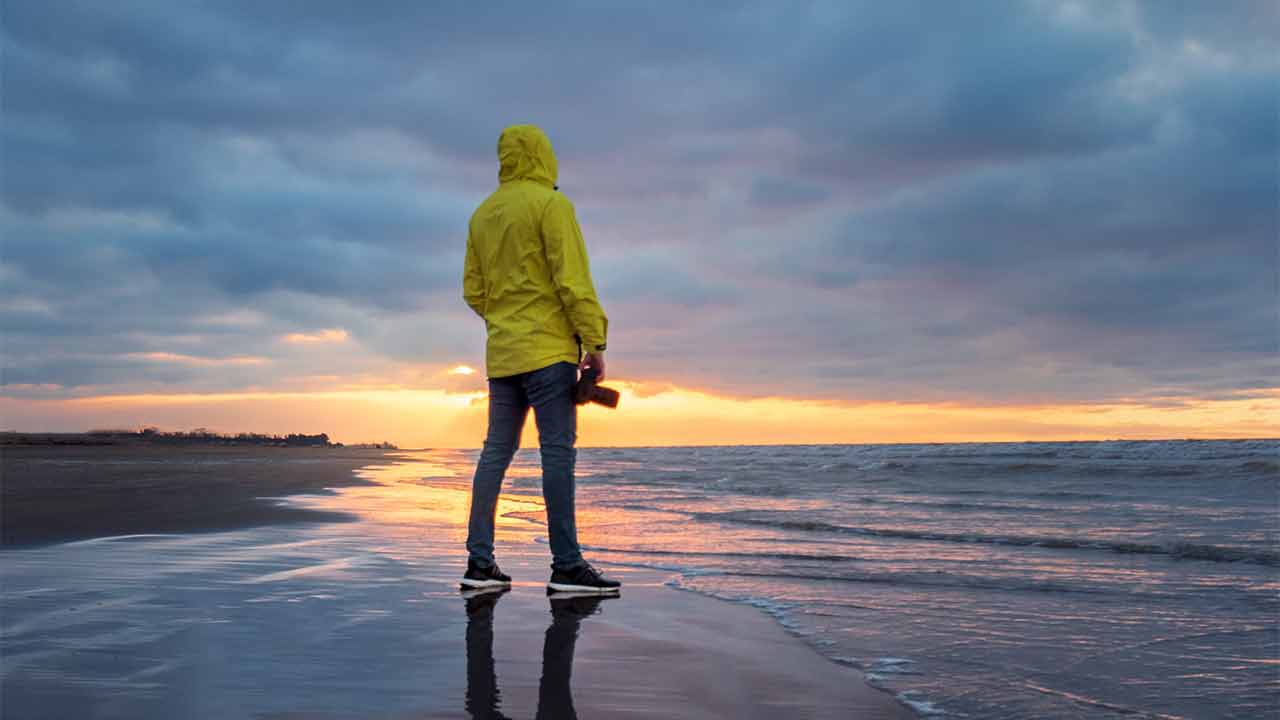
The History of Seafaring in the Caspian Sea
Seafaring and shipping in the Caspian Sea doesn’t have a long history. In fact, there is no historical evidence given that shipping in the sea belongs to the time before the Safavid era. The passage of commercial vessels between Russian and Iranian ports became common in the Qajar era.
Today, the sea is a part of the transit channel from northern Europe and northern Asia to the south. This lake is also linked to the open seas via Volga River.
What Animals and Plants Live in the Caspian Sea?
Featuring a closed basin ecosystem, the Caspian Sea is a substantial habitat for plants and animals. It is also an important source of gas and petroleum shared among the surrounding countries.
In total, there are 575 plant species in this region mainly including water and flowering plants. In addition, 205 algae species live at the bottom of the sea. These plants are a good source of food for many marine animals and birds.
More than 1300 animal species live in the sea as well. The animal species, some of which just exist in the Caspian Sea, include vertebrates, invertebrates, birds and mammals.
Caspian seal, the only marine mammal in the region, is an endangered species. This animal just lives in this region, and we can observe them in the beach while they rest or breed.
Sturgeons are also among the most important marine animals of the sea. Being threatened with extinction, this species is under protection. In addition, they provide 90 percent of the Caviar in the world. Sturgeons, known as world’s alive fossils, are among the oldest fish species in the world.
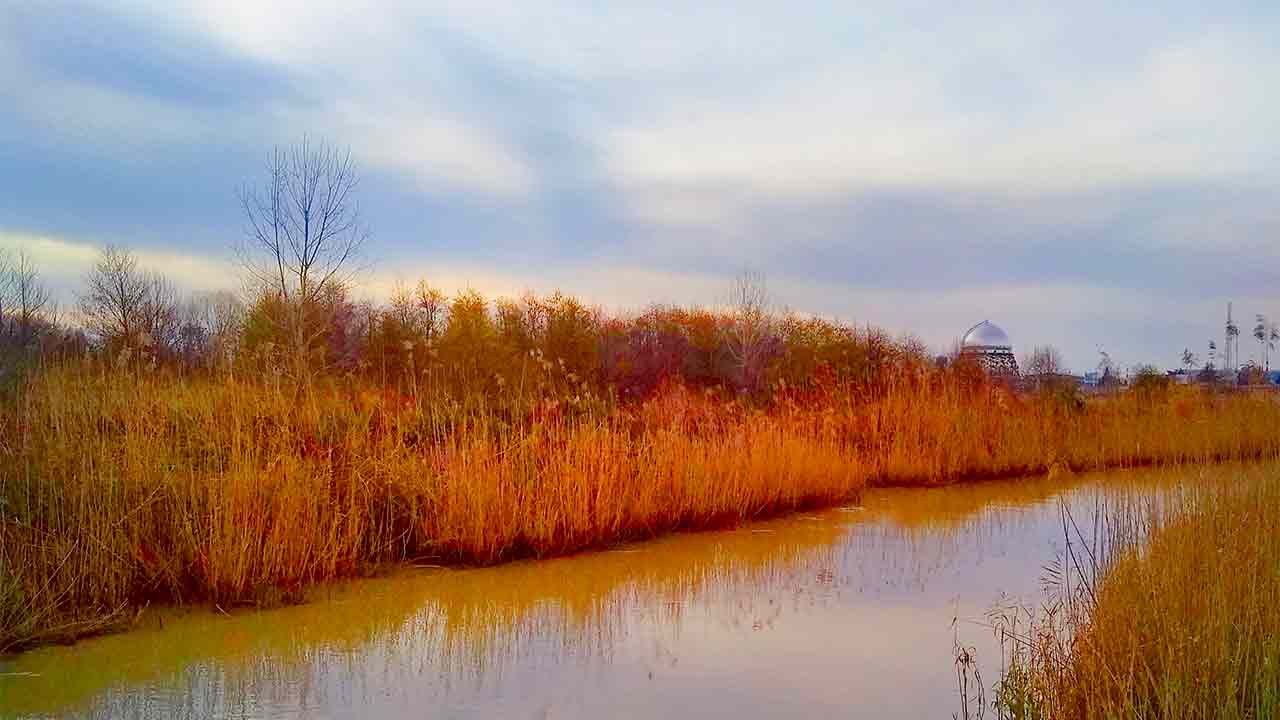
A Look at the Most Important Characteristics of Iranian Coasts in the Caspian Sea
The Alborz Mountains Range stretching in the south of the sea, resulted in the formation of some faults. That is why the depth of the sea in the central coasts is more than eastern and western coasts.
The western and eastern seabed swiftly slopes. Besides, the western part of the coast leads to Anzali Lagoon and the eastern part ends to Gorgan Gulf. More importantly, Gorgan Gulf and Miankaleh Penisula are known as the biosphere reserves in the world. Anzali Lagoon is registered on international lagoons list.
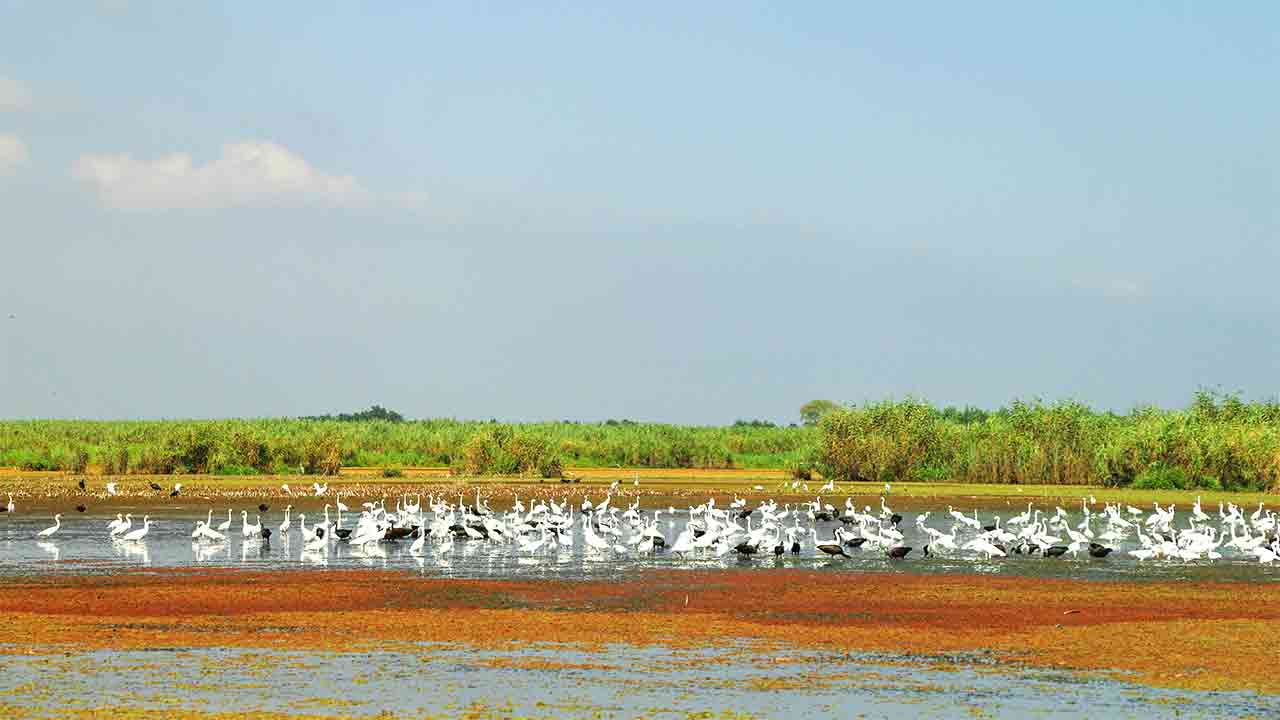
Ashooradeh, the Only Iranian Island in the Caspian Sea
Ashooradeh is the only Iranian Island of the five islands in the Caspian Sea. The island is located in Golestan Province and was registered as the biosphere reserve in 1975. It is also home to a wide range of indigenous and migrating birds and mammals. It is noteworthy that 40% of the Iran’s caviar is produced on this island.
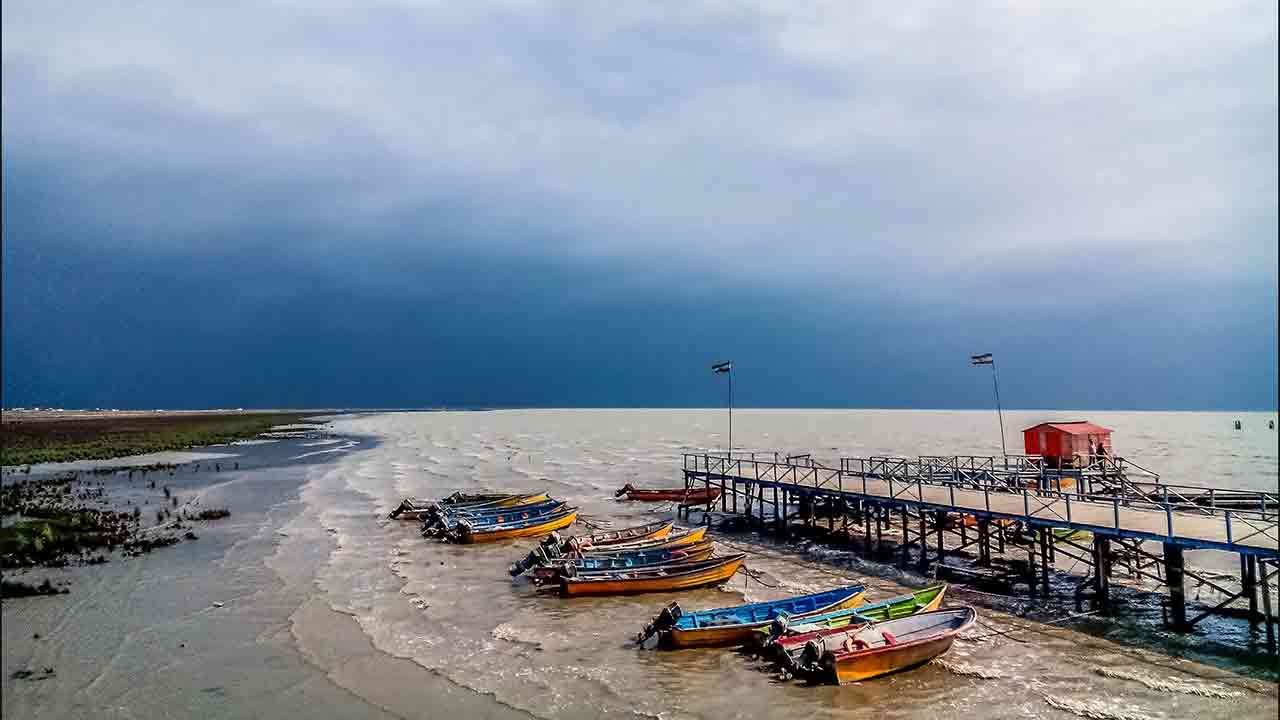
Hyrcanian Forests on the Southern Coastline of the Caspian Sea
Hyrcanian Forests are among the oldest forests in the world and stretch along the southern coastline of the Caspian Sea. They date back to about 40 million years ago and cover an area of 55000 Km2. It is remarkable that they are listed in UNESCO World Heritage Site. The forests are also known as the world’s natural museum.
Hyrcanian Forests are among the most important tourist attractions of Iran. There are about 30 forest parks in this region, which contains recreational and residential facilities. The diversity of the trees and their closeness to the sea have resulted in attracting many tourists in this region.
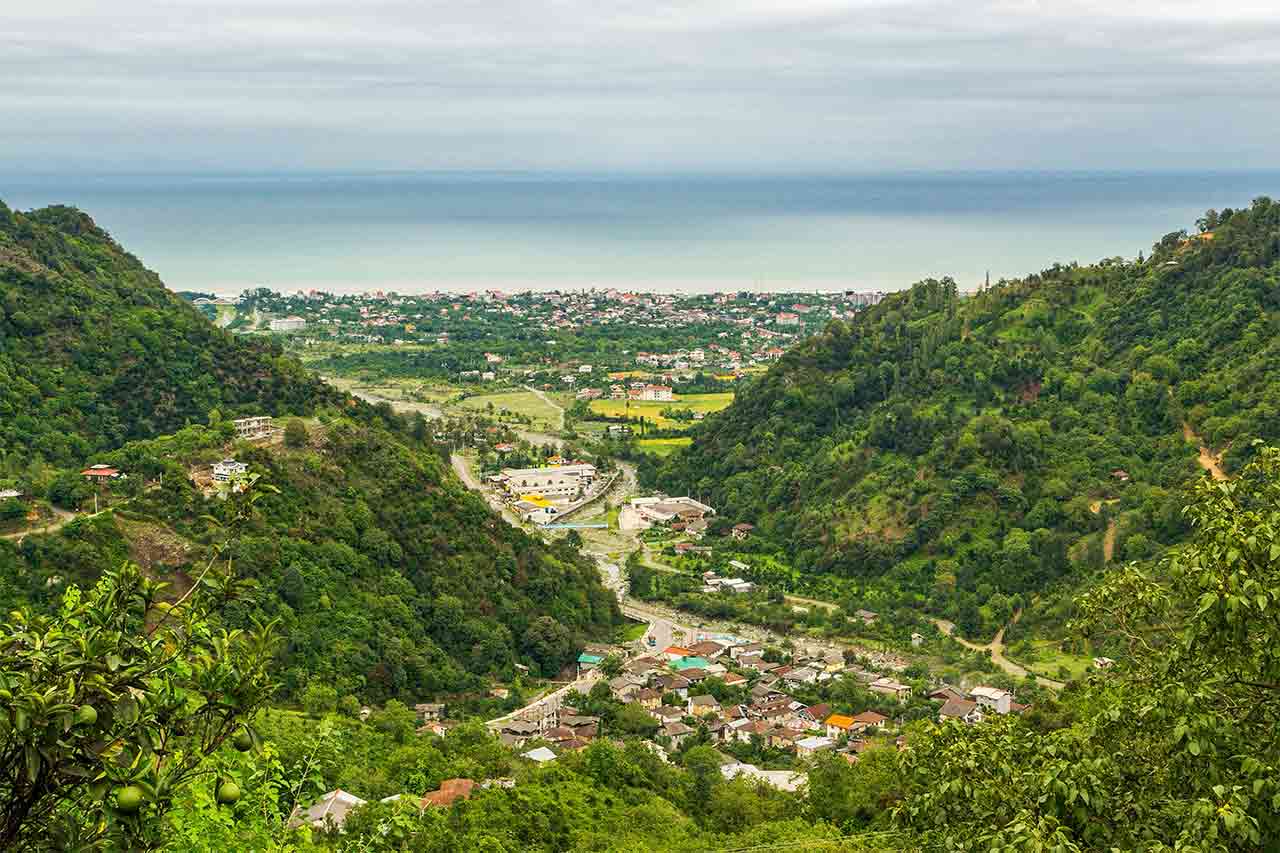
The Spectacular View of the Caspian Sea from the Cable Car
The cable cars on the coast of this amazing lake offers an eye-catching view to both forest and sea. Moreover, they are an access path to the heights of mountainous forests. Of the most important cable cars, one can mention Namak Abrud and Ramsar Bam Sabz’s cable cars.
The cable car of Namak Abrud is on the Chalus Road in Mazandaran Province. getting on the cable car, you observe the unique harmony pf the sea and forest. There is also recreational villages which offers facilities to tourists and make a living day for them.
The cable car of Bam Sabz Ramsar is in the west of Mazandaran Province, the city of Ramsar. The route, ending to Bam Sabz Ramsar (literally means the green roof of Ramsar), offers you diverse beautiful landscapes.
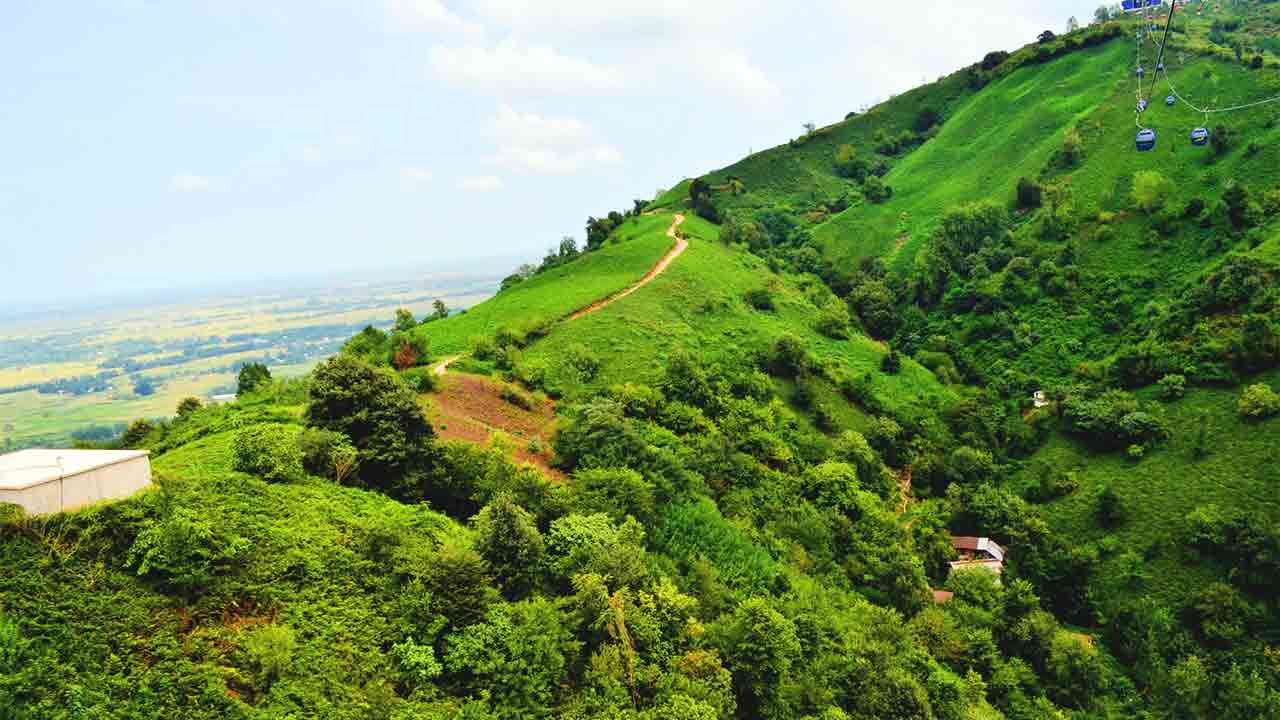
Exploring the Coasts of the Caspian Sea and the Surrounding Natural Attractions
On your trip to Iran, don’t forget to visit the largest lake of the world. This wide lake offers spectacular coasts in Iran Territory. That is why this region annually hosts many tourists from all over the world. Hyrcanian Forests, listed in UNESCO World Heritage Site, are also the most important natural attractions of Iran.
1001 Nights Tours has dedicated some parts of the tours to beach tourism. So, we have included the coasts of this sea in our tours. Click here to read more about such tours. For every proposal about the operation of special tours, don’t hesitate to be in touch with us via email.
